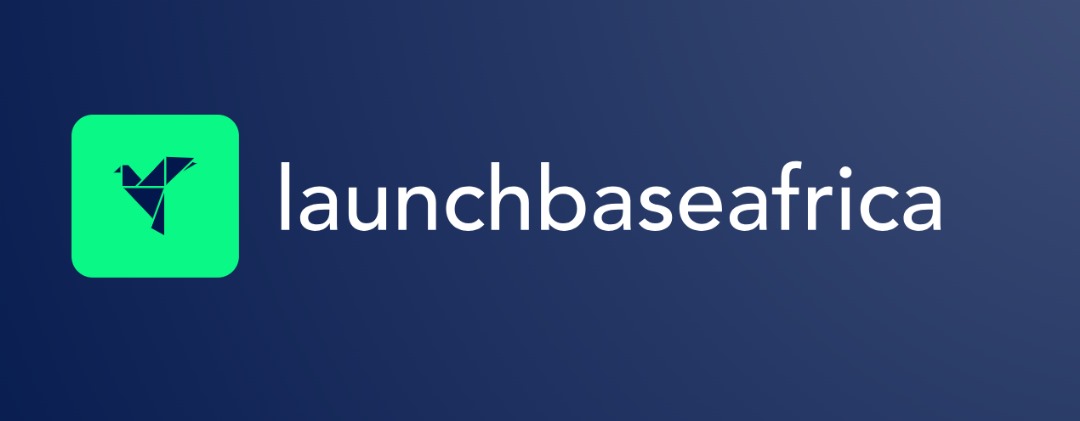The Green Climate Fund (GCF) has reinforced its role as the leading global climate finance institution by approving $686.8 million in new investments, leveraging a total of $1.5 billion with co-financing. The latest round of funding, announced at its 41st Board meeting, will support 11 projects across 42 countries, with Africa receiving the largest share of the allocation.
The GCF Board also approved the establishment of regional offices to enhance accessibility and effectiveness, reflecting a shift toward more localized climate finance solutions. With its headquarters in South Korea, the Fund aims to be more directly engaged with the developing nations it serves.
Co-chair Seyni Nafo of Mali highlighted the Fund’s commitment to expanding impact, particularly with first-time projects in Togo and Serbia. “It is particularly gratifying to see that we are broadening our reach. The approval of five new direct access entities underscores GCF’s focus on country ownership and locally driven climate action,” he stated.
Sweden’s Leif Holmberg, who co-chaired the Board meeting, emphasized the significance of the Fund’s private sector partnerships. “By mobilizing critical additional resources, GCF is demonstrating its ability to strengthen climate resilience in vulnerable communities,” he noted.
Africa’s Leading Share of Funding
Among the approved funding, Africa emerged as the largest beneficiary, securing 38% of the total investment. This aligns with the Fund’s broader mandate to support Least Developed Countries (LDCs), Small Island Developing States (SIDS), and other vulnerable regions. Latin America and the Caribbean received 32%, Asia Pacific 27%, and Eastern Europe, Central Asia, and the Middle East accounted for the remaining 3%.
The newly approved projects span climate-smart agriculture, forestry resilience, early warning systems, and sustainable land management. Notably, Senegal’s La Banque Agricole will lead the establishment of a Green Climate Finance Facility, aiming to promote climate-smart agriculture. Additionally, the Mirova Sustainable Land Fund will address deforestation linked to agricultural expansion across multiple countries.
The Fund also accredited six new implementing partners, including the Development Bank of Rwanda, ECOWAS Bank of Investment and Development, and Burkina Faso’s Fonds d’Intervention pour l’Environnement. This initiative aims to facilitate direct access to financing for national and regional entities, further decentralizing climate action.
GCF Executive Director Mafalda Duarte hailed the decision to enhance regional presence as a historic milestone. “If climate action is local, then the Green Climate Fund must be local too. The establishment of regional offices will improve the Fund’s ability to deliver on its commitments and support vulnerable communities more effectively,” she stated.
Since its inception, GCF has committed $16.6 billion in funding, leveraging $62.7 billion with co-financing across 297 projects worldwide. The latest approvals reaffirm its ambition to drive large-scale climate action, particularly in underserved regions.
Looking ahead, the 42nd GCF Board meeting is scheduled for June 30–July 3, 2025, in Port Moresby, Papua New Guinea, where further discussions on scaling climate finance are expected.
As global climate challenges intensify, GCF’s latest funding round signals a strong push toward greater climate resilience and adaptation, with Africa positioned as a primary beneficiary of this momentum.


